Best Natural Ingredients for Better Sleep
In a world that never seems to sleep, achieving a restful night’s slumber can feel like an elusive dream. Yet, sleep is a vital component of our well-being, influencing everything from our mood to our immune system. Crafting the perfect sleep environment involves more than just a comfortable mattress and a dark room. It requires a blend of elements that work together to soothe the mind, relax the body, and create a sanctuary of rest. This article will delve into 10 dream-weaving ingredients, each playing a pivotal role in fostering restorative sleep. By understanding and incorporating these elements, you can transform your nights into a symphony of tranquility and rejuvenation.
1. The Science of Sleep Cycles
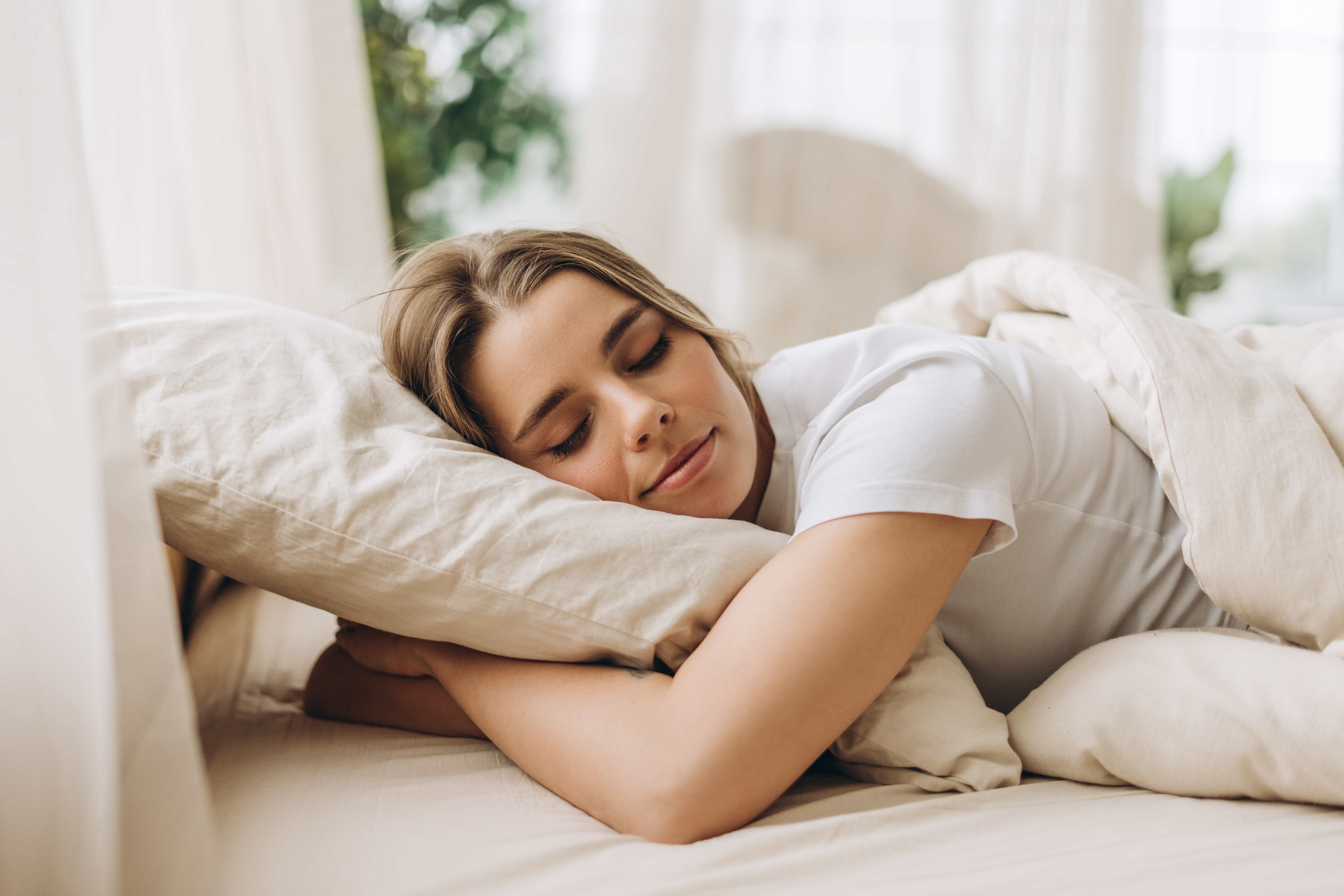
Understanding the science behind sleep cycles is crucial for optimizing rest. Sleep is divided into two main types: REM (Rapid Eye Movement) and non-REM sleep, which includes three stages. Each cycle lasts about 90 minutes and repeats throughout the night. Non-REM sleep is when the body repairs tissues, builds bone and muscle, and strengthens the immune system. REM sleep, on the other hand, is essential for cognitive functions such as memory consolidation and creativity. By aligning your sleep schedule with these natural cycles, you can enhance the quality of your rest. This synchronization ensures you wake up refreshed and ready to tackle the day’s challenges.
2. The Role of a Serene Sleep Environment
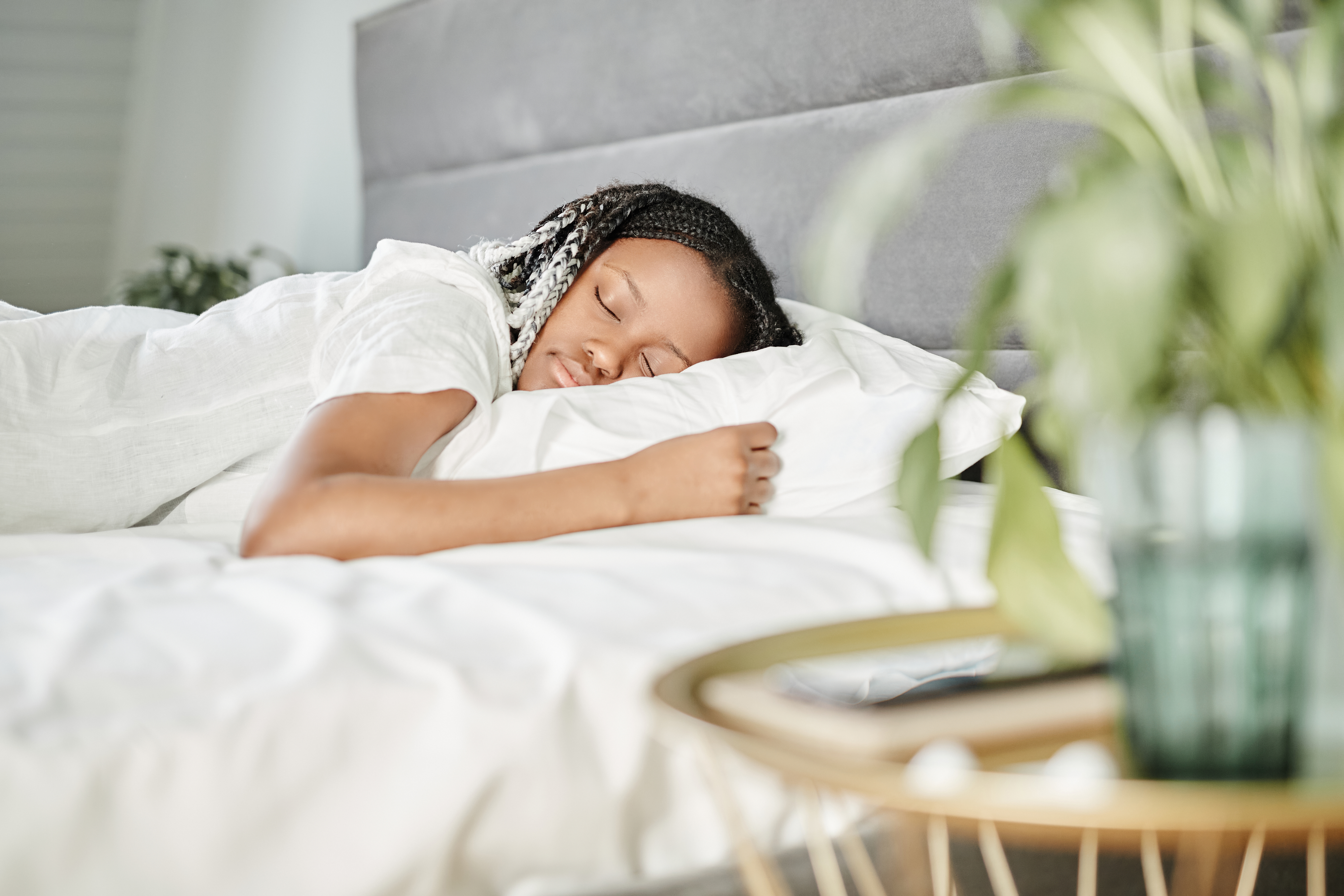
Creating a serene sleep environment is fundamental to achieving restful sleep. The bedroom should be a sanctuary, free from distractions and conducive to relaxation. Consider the room’s temperature, as cooler environments tend to promote deeper sleep. Soft lighting and calming colors can also enhance the ambiance. Noise is another factor; white noise machines or earplugs can help drown out disruptive sounds. Additionally, removing electronic devices that emit blue light can prevent interference with the body’s natural sleep-wake cycle. By meticulously curating your sleep space, you set the stage for uninterrupted and peaceful slumber.
3. The Power of a Consistent Sleep Routine

A consistent sleep routine is a cornerstone of healthy sleep hygiene. Going to bed and waking up at the same time every day helps regulate your body’s internal clock, making it easier to fall asleep and wake up naturally. This routine should include a wind-down period before bed, where activities like reading, meditating, or taking a warm bath signal to your body that it’s time to relax. Consistency reinforces your body’s circadian rhythms, enhancing the quality of your sleep. Over time, this disciplined approach can lead to more restorative rest and improved overall well-being.
4. Dietary Choices that Influence Sleep

What you eat can significantly impact your sleep quality. Foods rich in tryptophan, such as turkey, nuts, and seeds, can promote the production of serotonin, a hormone that induces sleepiness. Complex carbohydrates found in whole grains can also aid in serotonin production. Conversely, heavy meals, caffeine, and alcohol close to bedtime can disrupt sleep. Herbal teas like chamomile or valerian root are excellent choices for their calming effects. By making mindful dietary choices and timing your meals appropriately, you can create a physiological environment that supports sound sleep.
5. The Impact of Physical Activity

Regular physical activity is a powerful ally in the quest for restful sleep. Exercise helps reduce stress and anxiety, two common sleep disruptors. It also promotes deeper sleep by increasing the amount of time spent in the restorative stages of sleep. However, the timing of exercise is crucial; while moderate activity during the day can enhance sleep, vigorous exercise too close to bedtime might have the opposite effect. Aim for at least 30 minutes of moderate exercise most days, but try to finish your workout at least a few hours before you plan to sleep.
6. Mindfulness and Relaxation Techniques
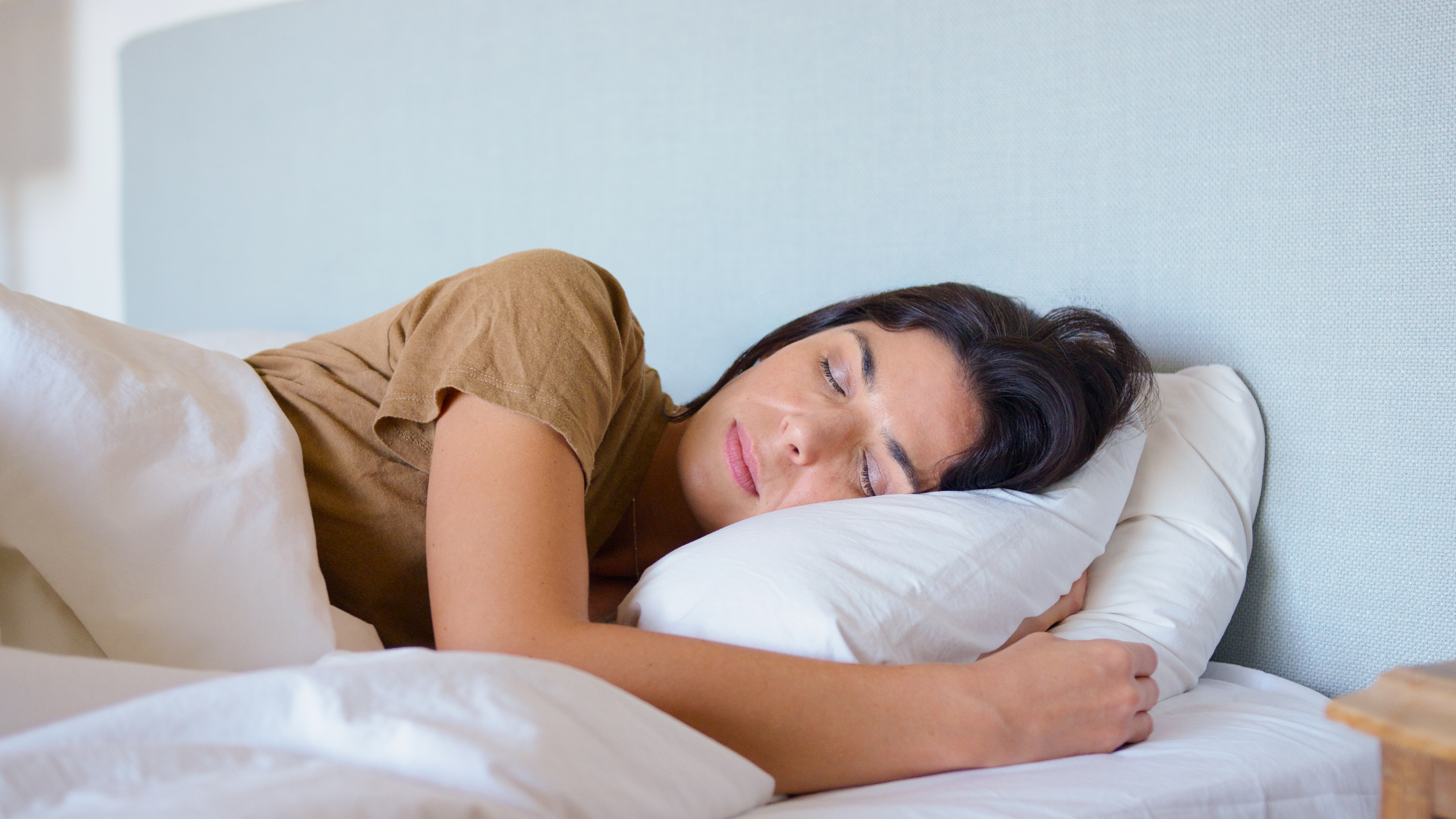
Incorporating mindfulness and relaxation techniques into your daily routine can significantly enhance sleep quality. Practices such as meditation, deep breathing exercises, and progressive muscle relaxation help calm the mind and prepare the body for sleep. These techniques reduce stress hormones and activate the parasympathetic nervous system, promoting a state of relaxation. Guided imagery or soothing music can also be effective in creating a peaceful pre-sleep ritual. By dedicating time to mindfulness practices, you can cultivate a sense of calm that carries over into your sleep, leading to a more restful and rejuvenating night.
7. The Influence of Aromatherapy
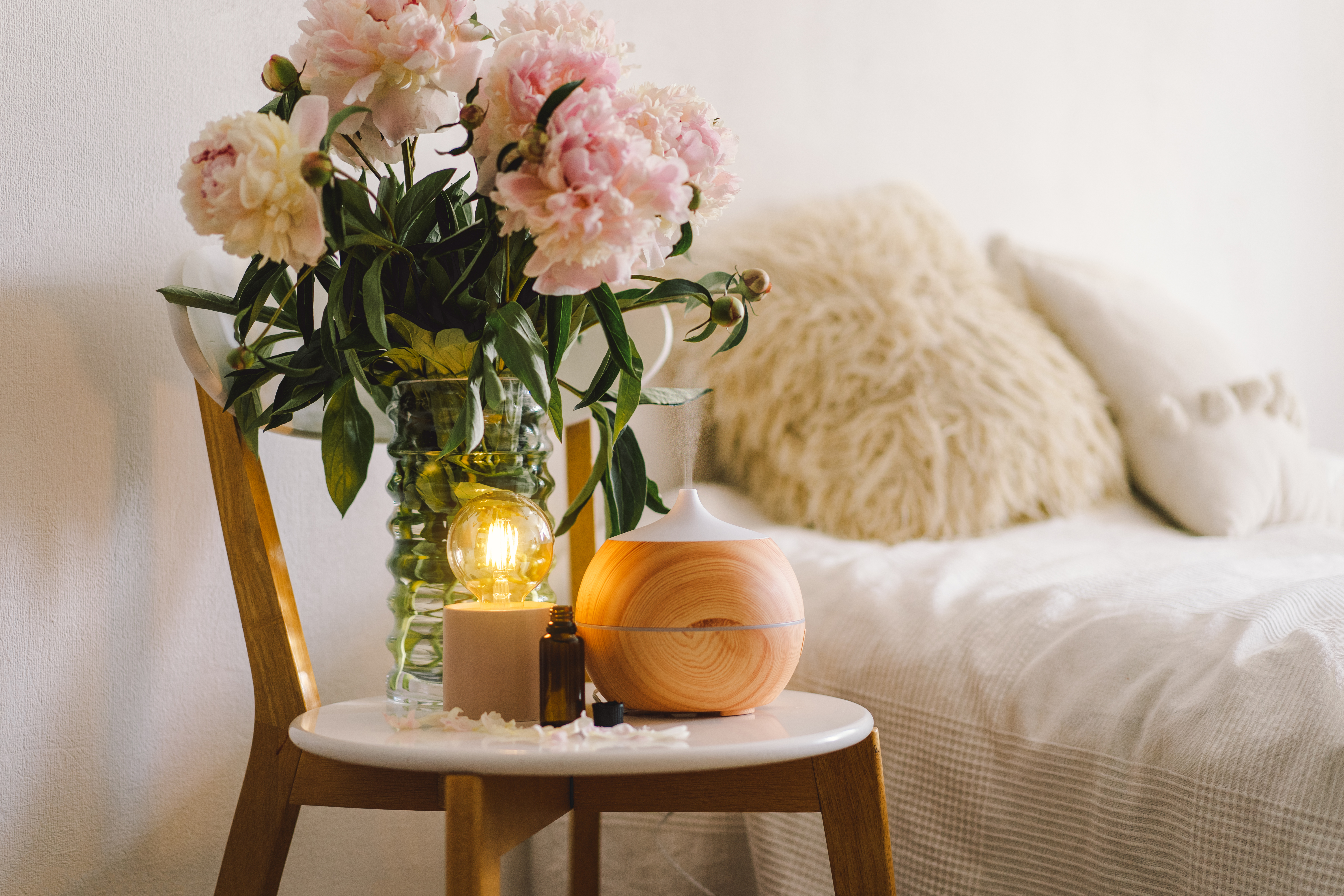
Aromatherapy, the use of essential oils for therapeutic purposes, can be a powerful tool for enhancing sleep. Scents like lavender, chamomile, and sandalwood have been shown to promote relaxation and reduce anxiety. These oils can be used in various ways, such as diffusing them in the bedroom, adding them to a warm bath, or applying them to the skin. The olfactory system is closely linked to the brain’s limbic system, which controls emotions and memory, making scent a potent trigger for relaxation. Incorporating aromatherapy into your bedtime routine can create a calming atmosphere conducive to sleep.
8. The Role of Technology in Sleep

While technology can be a source of disruption, it can also be harnessed to improve sleep quality. Sleep tracking apps and wearable devices provide insights into your sleep patterns, helping you make informed adjustments to your routine. Smart lighting systems that mimic natural light patterns can aid in regulating your circadian rhythm. However, it’s crucial to limit screen time before bed, as the blue light emitted by screens can interfere with melatonin production. By using technology wisely, you can gain valuable data to optimize your sleep while minimizing its potential downsides.
9. Understanding Sleep Disorders
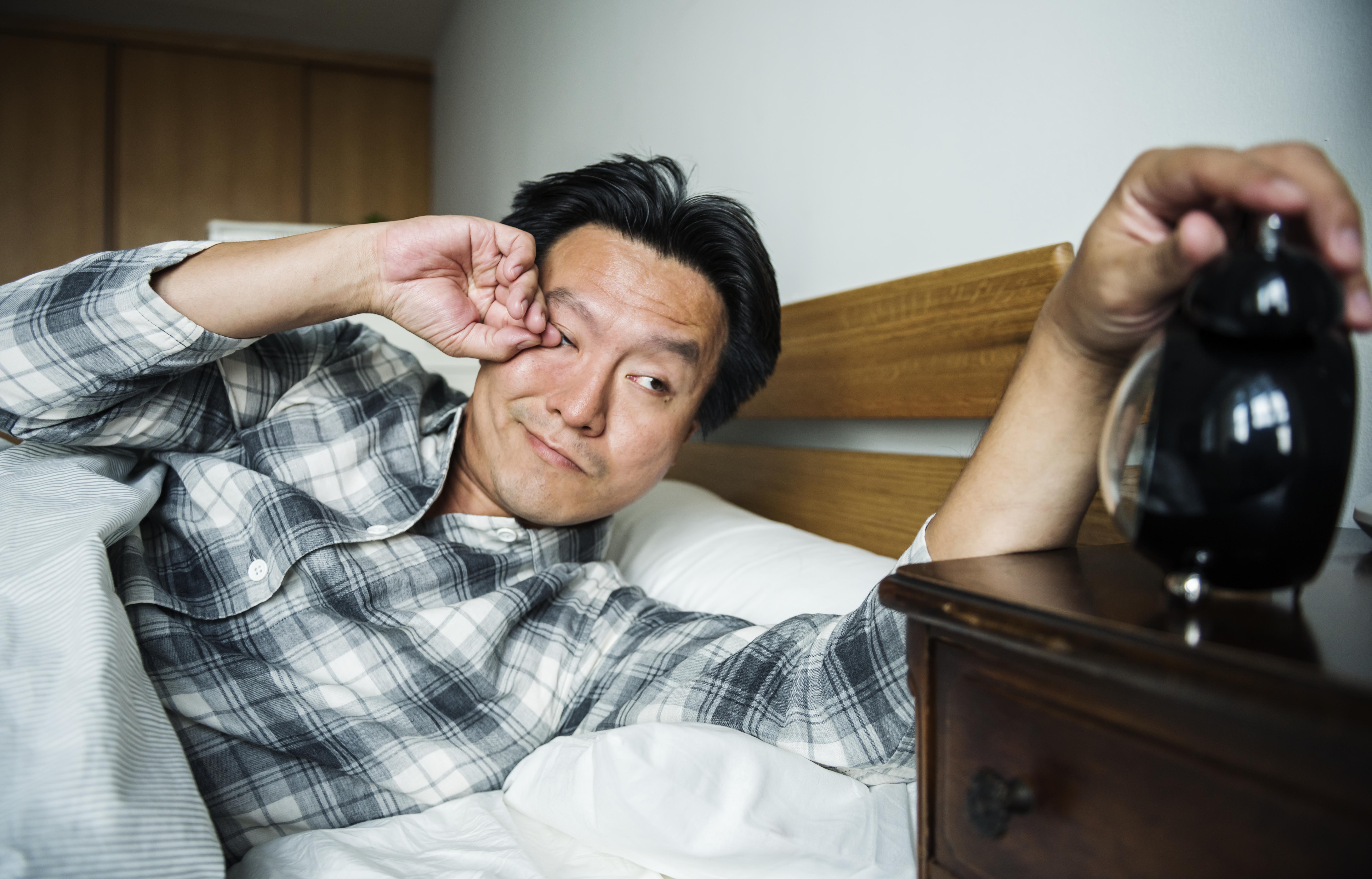
Sleep disorders such as insomnia, sleep apnea, and restless legs syndrome can severely impact sleep quality. Recognizing the symptoms of these conditions is the first step towards seeking appropriate treatment. For instance, insomnia involves difficulty falling or staying asleep, while sleep apnea is characterized by interrupted breathing during sleep. Restless legs syndrome causes uncomfortable sensations in the legs, leading to an irresistible urge to move them. Consulting with a healthcare professional can provide a diagnosis and treatment plan, which may include lifestyle changes, therapy, or medication. Addressing sleep disorders is essential for achieving restorative sleep and overall health.
10. The Importance of Mental Well-being
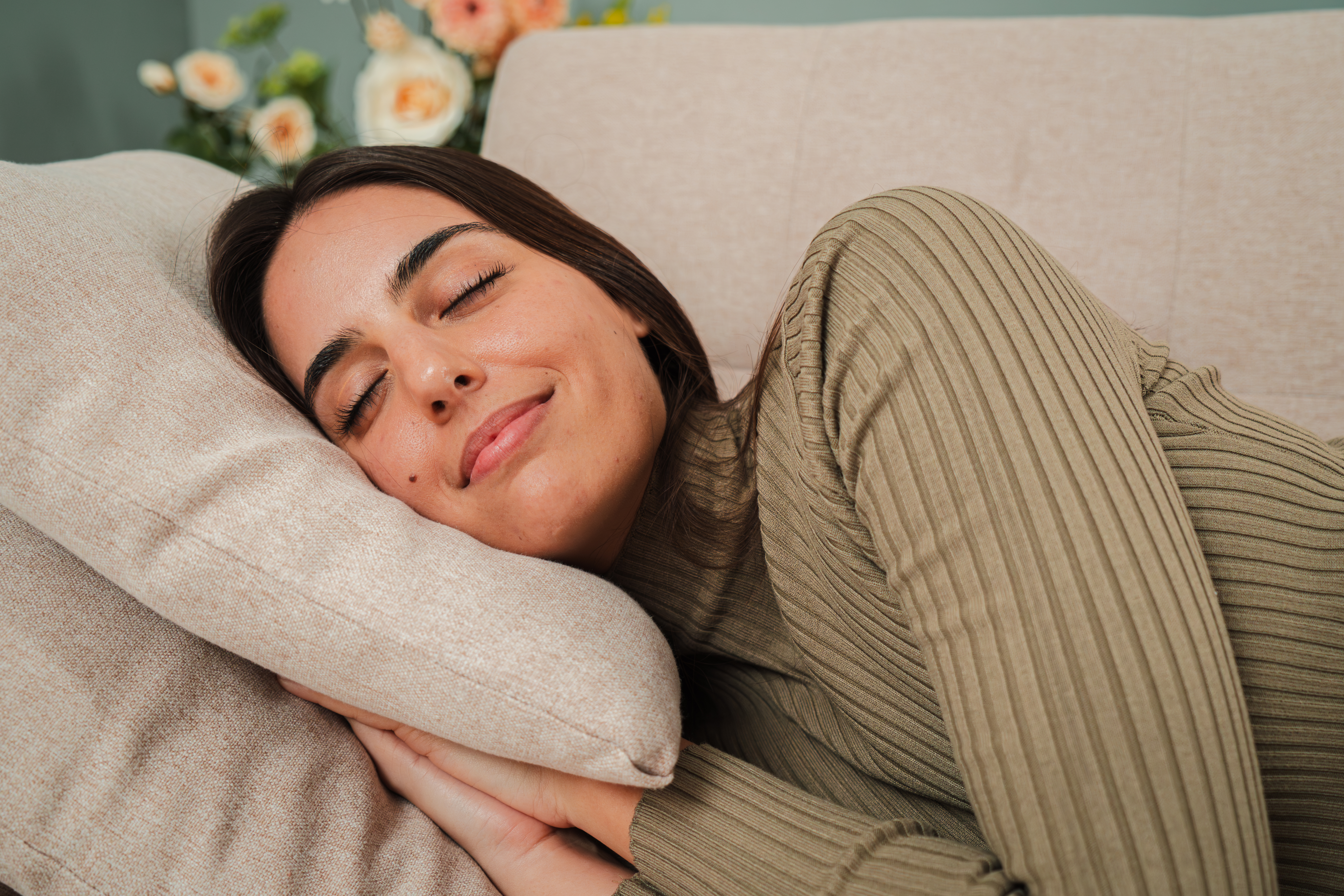
Mental well-being plays a significant role in sleep quality. Stress, anxiety, and depression can create a cycle of sleeplessness, where worrying about sleep leads to more sleep disturbances. Addressing mental health issues through therapy, counseling, or support groups can alleviate these concerns. Cognitive-behavioral therapy for insomnia (CBT-I) is a particularly effective treatment for sleep problems related to mental health. By prioritizing mental well-being and seeking support when needed, you can break the cycle of stress and sleeplessness, paving the way for more restful nights.
Weaving Your Dream Sleep
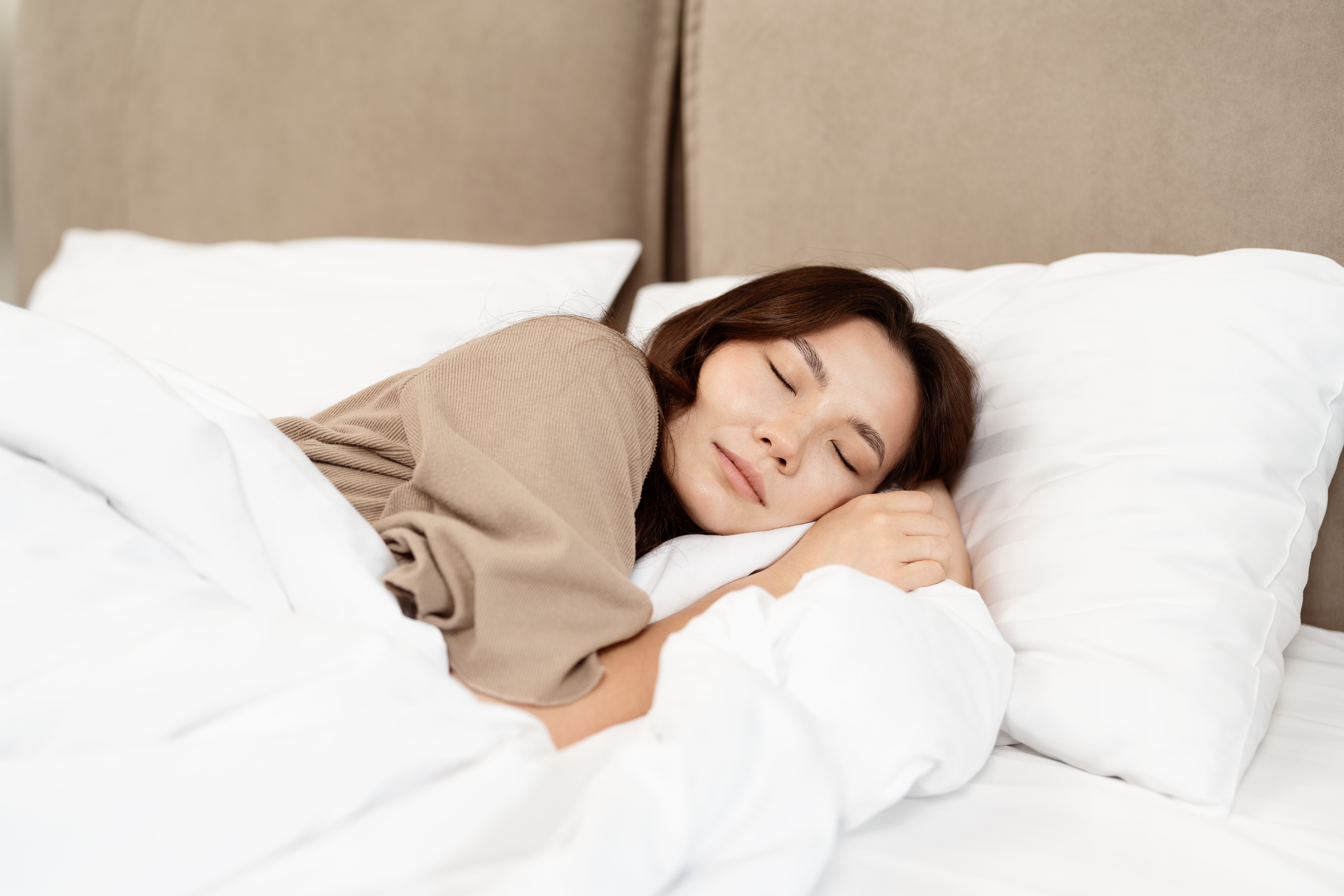
Achieving a restful night’s sleep is an art that combines science, environment, routine, and personal well-being. By integrating these 10 dream-weaving ingredients into your lifestyle, you can create a harmonious sleep experience that rejuvenates both body and mind. From understanding sleep cycles to creating a serene environment, each element plays a crucial role in crafting the perfect slumber. As you embark on this journey towards better sleep, remember that small, consistent changes can lead to significant improvements in your rest and overall health. Embrace these strategies, and let them guide you to the restful nights you’ve been dreaming of.